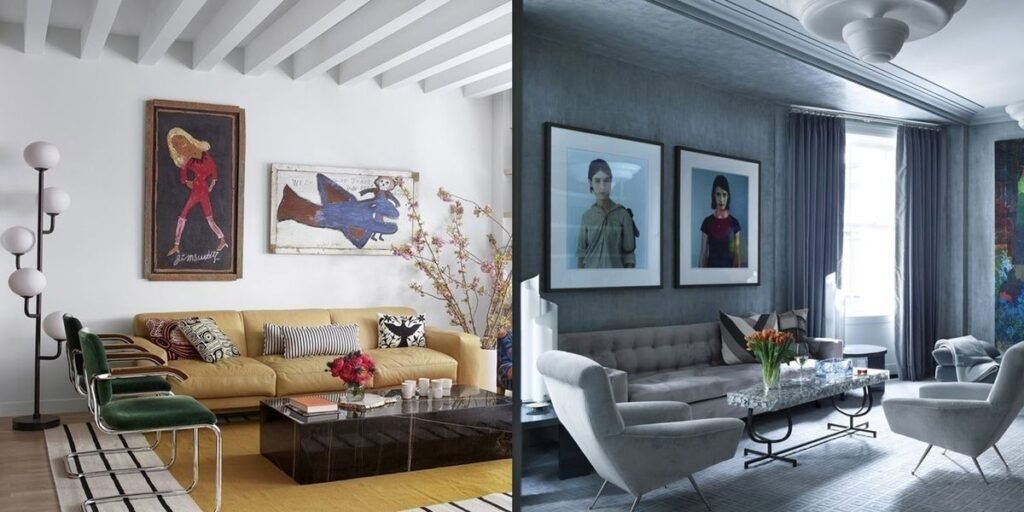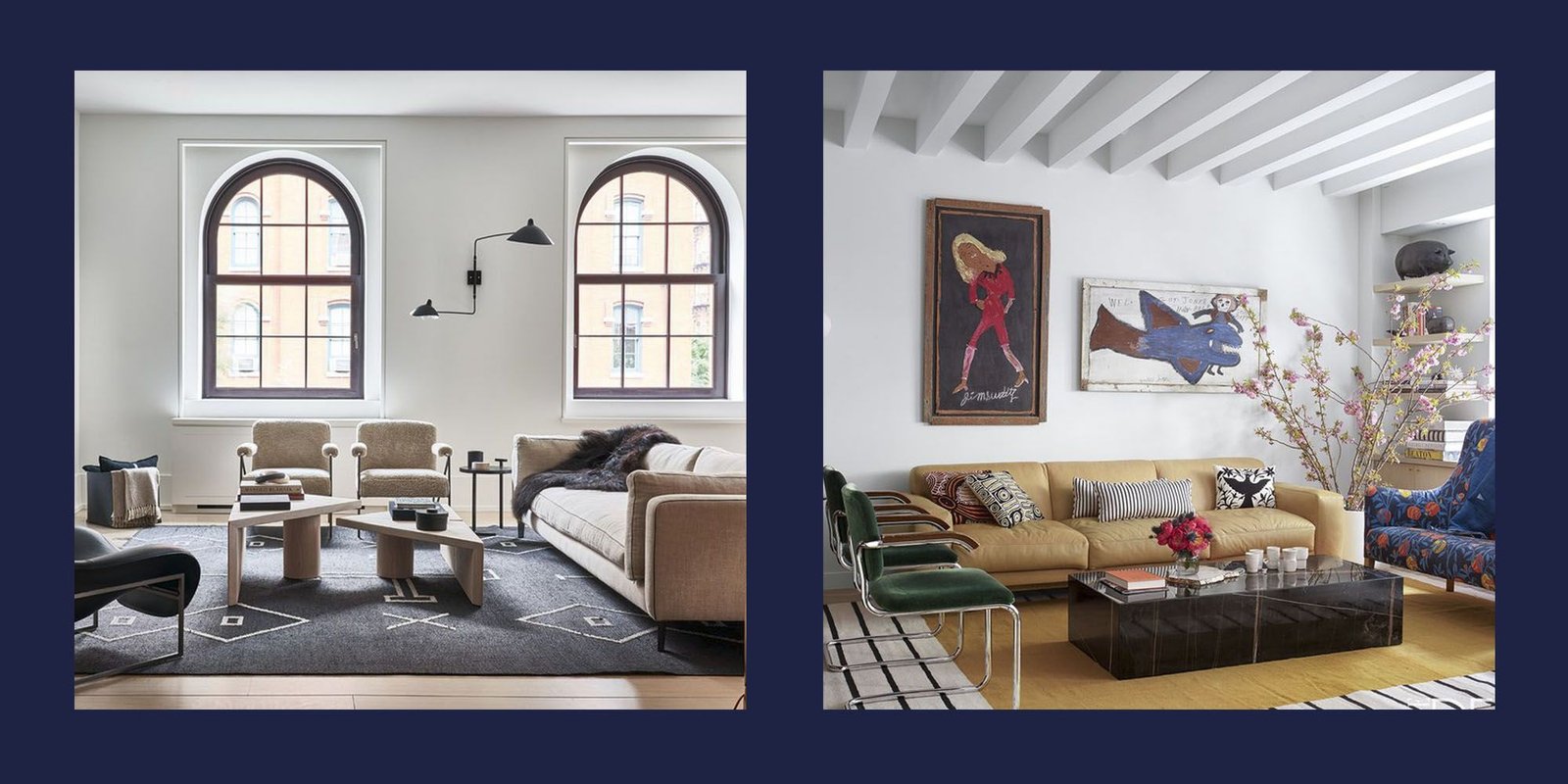Classic vs. Contemporary: Which Home Design is Right for You?
Choosing between classic and contemporary home designs involves understanding their distinct characteristics, aesthetics, and how they align with your personal style and lifestyle preferences. Here’s a comparison to help you decide which design approach suits you best.
Classic Home Design
Timeless Elegance
Classic home design draws inspiration from historical styles, such as Colonial, Victorian, or Georgian architecture. These homes often feature:
- Symmetry and Balance: Classic homes typically have a symmetrical facade and balanced proportions.
- Traditional Materials: Use of natural materials like wood, brick, and stone for a timeless appeal.
- Detailed Craftsmanship: Intricate moldings, trim work, and decorative elements add character and sophistication.
- Formal Layouts: Rooms are often compartmentalized with defined spaces for specific functions.
Examples:
- Colonial Revival: Symmetrical facades, columns, and gabled roofs.
- Victorian: Ornate details, steep rooflines, and vibrant colors.
- Georgian: Symmetrical layout, paired chimneys, and elaborate entrances.

Appeal:
Classic home design appeals to those who appreciate history, craftsmanship, and a sense of tradition. It offers a timeless elegance that resonates with homeowners seeking enduring beauty and architectural heritage.
Contemporary Home Design
Sleek and Minimalist
Contemporary home design embraces modernity and current trends, focusing on clean lines, simplicity, and functionality. Key features include:
- Open Floor Plans: Flowing spaces that promote interaction and flexibility.
- Use of Modern Materials: Concrete, glass, and metal are common, emphasizing sleekness and innovation.
- Minimalist Aesthetics: Less ornamentation with a focus on simplicity and clarity.
- Integration of Technology: Smart home features and energy-efficient systems are seamlessly incorporated.
Examples:
- Modern: Flat roofs, large windows, and geometric shapes.
- Minimalist: Clean lines, neutral colors, and uncluttered spaces.
- Industrial: Exposed materials like concrete and steel, with a raw, unfinished look.
Appeal:
Contemporary home design appeals to individuals who value modern aesthetics, innovation, and functionality. It offers a clean, uncluttered environment that supports a dynamic and tech-savvy lifestyle.
Choosing the Right Design for You
Considerations:
- Personal Style: Determine whether you gravitate towards traditional elegance or modern simplicity.
- Lifestyle: Think about how the design will accommodate your daily routines and activities.
- Longevity: Consider which style resonates with your long-term vision for your home.
Integration:
- Mixing Styles: Elements of both classic and contemporary design can be blended to create a personalized and eclectic home.
- Architectural Context: Consider the architectural style of your neighborhood and surroundings for coherence and harmony.
Conclusion
Deciding between classic and contemporary home designs ultimately depends on your personal preferences, lifestyle, and aesthetic sensibilities. Whether you prefer the timeless elegance of classic architecture or the sleek innovation of contemporary design, understanding the characteristics and appeal of each style will guide you towards creating a home that reflects your unique taste and vision. Embrace the richness of classic heritage or the boldness of modernity to create a living space that is both functional and expressive of your personal style.



